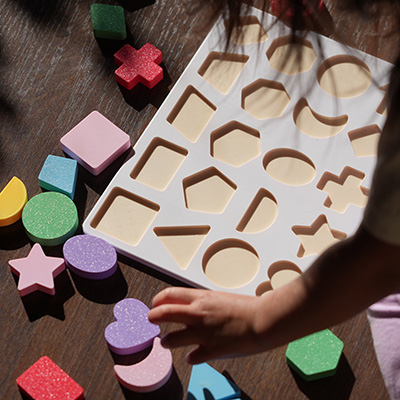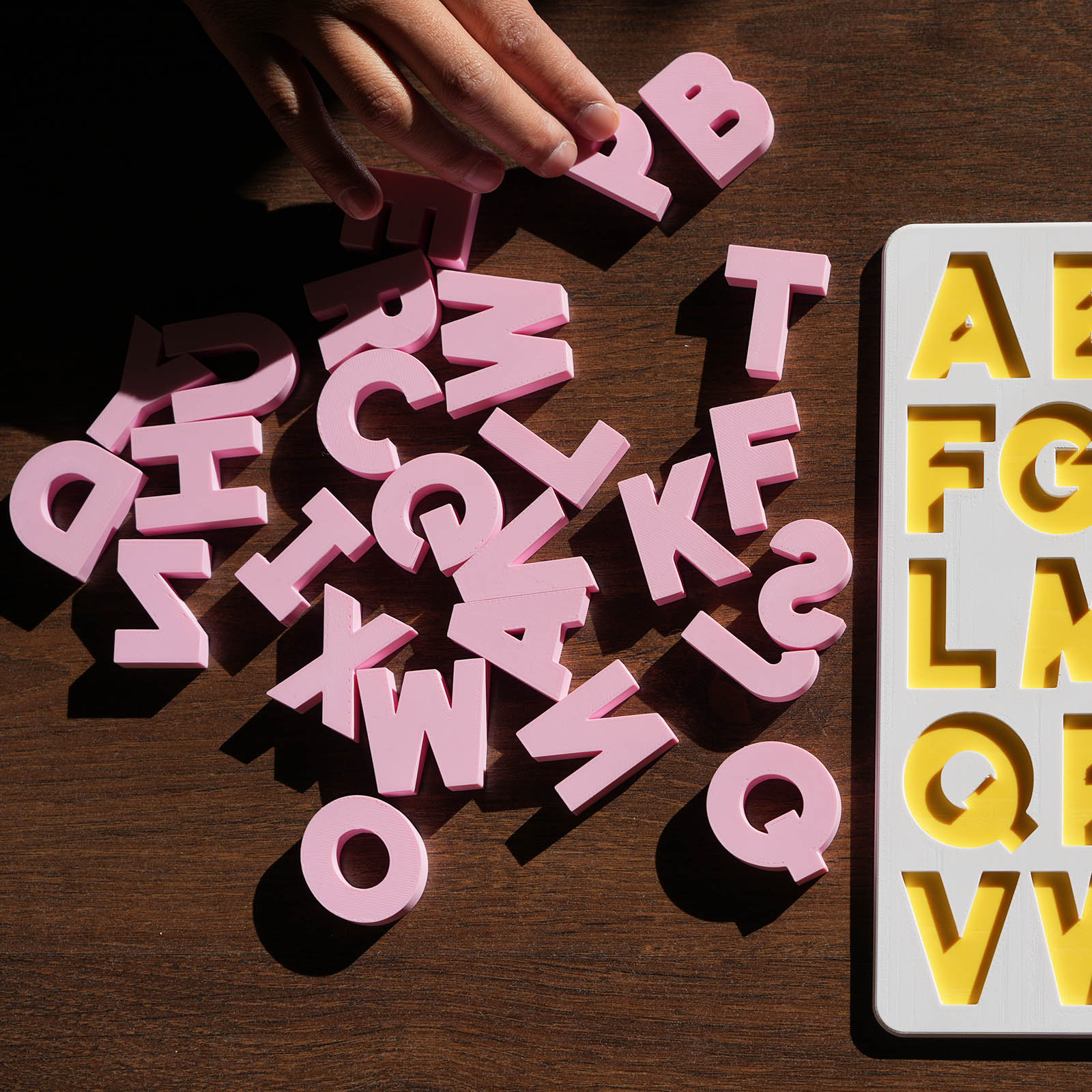🔷 What Makes a Puzzle Geometric?
A geometric puzzle uses shapes, symmetry, angles, and spatial patterns to engage your child’s visual brain. Unlike puzzles with pictures or characters, geometric puzzles rely on pure form and space — and that’s where their true power lies.
From triangles and squares to circles and hexagons, these puzzles introduce the building blocks of logic and early math, long before your toddler knows the words for them.
🧠 What Geometric Puzzles Teach Toddlers
These puzzles do more than just pass the time — they quietly develop:
- Spatial awareness: understanding how parts fit into a whole
- Visual discrimination: spotting size, shape, and orientation differences
- Memory and sequencing: recalling where each piece belongs
- Early geometry: experimenting with symmetry and balance
- Fine motor coordination: grasping, rotating, placing with purpose
They’re especially effective in the toddler years when the brain is primed for pattern recognition and physical manipulation.
📐 Why Spatial Skills Matter Early
Studies show that spatial reasoning in early childhood predicts later success in STEM areas — including maths, engineering, and problem-solving (Newcombe & Frick, 2010).
By engaging with puzzles that challenge them to think about how pieces relate in space, toddlers build:
- Mental rotation abilities
- Part–whole awareness
- Abstract thinking foundations
Geometric puzzles train the same brain muscles used in reading maps, solving equations, and understanding patterns — all in the form of play.
🧩 What Makes a Great Geometric Puzzle?
A well-designed geometric puzzle for toddlers should offer:
- Clear, distinct shapes (with variation in size and orientation)
- Just enough challenge to encourage trial and error
- Neutral or pastel tones that reduce overstimulation
- Tactile feedback (pieces that fit firmly or slot naturally)
- Freedom to repeat — essential for mastery
At Frankie & Leo, our shape puzzle is designed to support these outcomes, blending developmental insight with a calm, modern aesthetic.
🔄 Repetition Builds the Brain
Toddlers love doing things over and over — and that’s a good thing. Repeating a geometric puzzle:
- Strengthens memory
- Encourages concentration
- Builds resilience (especially when it’s tricky!)
Over time, you’ll see your child move from trial-and-error to confident placement — a visible marker of internal growth.
💡 Final Thought
In a playroom filled with noise and distraction, a geometric puzzle offers something rare: focused thinking disguised as fun.
It’s simple, purposeful, and surprisingly powerful. And for toddlers, it’s more than play — it’s brain-building, one shape at a time.
👉 Explore Our Geometric Shapes Puzzle Collection
Keep up to date with us through our socials!
📚 Reference:
Newcombe, N. & Frick, A. (2010). Early Education for Spatial Intelligence: Why, What, and How. Mind, Brain, and Education, 4(3), 102–111.

